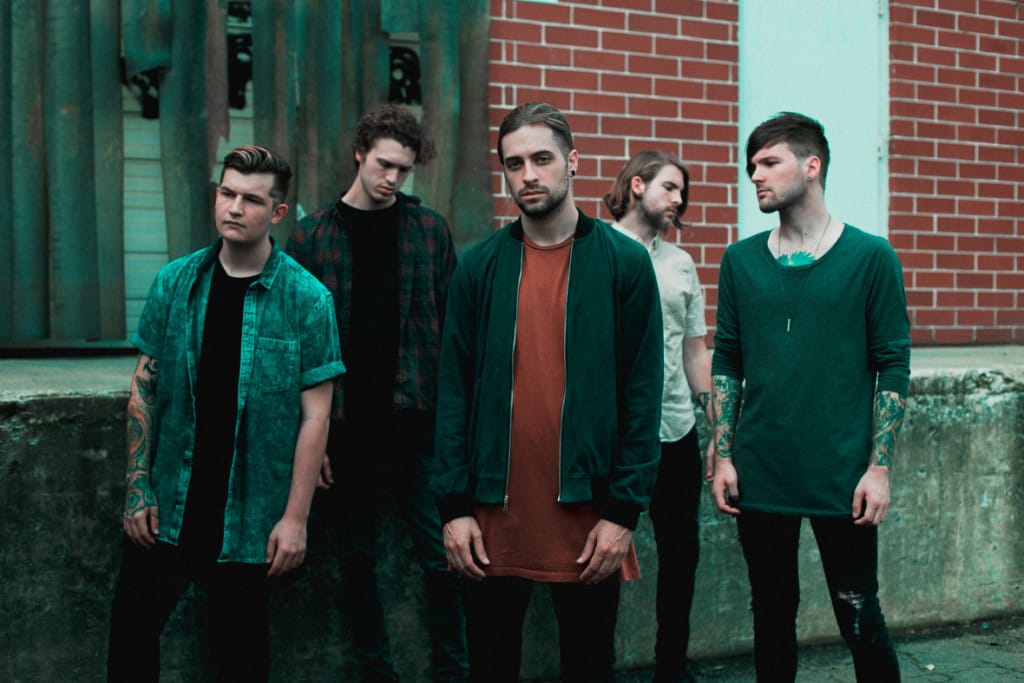Recently I wrote an article for a different publication I freelance for in which I discussed the impressive art of posters from 50-100 years ago. During my research, I came across many museums and galleries that strictly focused on poster art as a means of fine art—considering these mediums as a method to teach art, advertising, and history of the vintage era.
It got me thinking. If today we study and appreciate poster art as a method of gaining an understanding of a day gone by, what will our future selves utilize to probe into our culture?
What better way to analyze our current culture—our likes, dislikes, vices, and trends—than by looking at our tattoo culture? The tattoo industry is one of the most open communities in the world. It doesn’t discriminate, it doesn’t turn members away. It doesn’t single people out due to race, religion, background, or personality.
If you were to go spend a day in a well-respected, popular tattoo shop, and simply just sit in the waiting area and observe, you would see one very important thing—there is no specific category of client. On any given day, you could see everything from a mother of three little ones to a lawyer to a musician. Surgeons, military personnel, Wall Street professionals—tattoos are everywhere and on just about everyone.
I myself have witnessed this fact first hand. I’m the co-owner and shop manager of a tattoo studio in Central Florida called Twistid Ink. Our clients are Sunday school teachers, barbers, teachers, police officers, firemen, car salesmen, nationally recognized musicians, parents, and even grandparents. Their ink ranges from small poppy flowers to commemorate a loved one passing to full sleeves of realistic, detailed angels and demons.
We see every trend from photo realism to illustrative to watercolor. Traditional, neo-traditional, trash polka, and new school have all graced our doors at some point or another. There isn’t any style we don’t see.
The tattoo culture celebrates individuality. It is a way for people to remember a vacation they truly enjoyed, to honor a pet they lost, or display their love for a song, movie, or book they felt attached to. It is also a way to simply enjoy ones’ skin… to decorate it with images that catch your eye. They don’t have to mean or symbolize anything.
So why do I think this will be the medium future cultures will use to understand us? We live in a digital world. Computers crash, photos are lost. Servers are hacked and information deleted. Phones die, and with them, our pictorial documentation of our lives. Sure, just about everything is uploaded to Facebook, Instagram, and other such sites, but what’s to say those uploads will still be available 100 years from now? We don’t know.
Tattoos, on the other hand, will last longer. Sure, they’ll break down as the skin deteriorates in our graves, but hey—they just exhumed Salvador Dali’s body after almost 30 years and even his mustache was still perfectly intact. Preservation techniques have become quite impressive over the years. Not to mention, there are now services that offer to preserve your loved one’s ink in a shadow box after their passing. Don’t believe me? Check out the company Walls and Skin.
These pieces of art are a great eye into the current state of our culture. They depict the type of art our society favors, the skill of our artists, and the increased acceptance of body modifications. They’ll show future societies what we found attractive, what books, songs, and movies entertained us the most. They’ll show our religious beliefs, our political conflicts, and our inspirational quotes. Even though tattooing is a method of self-expression, by analyzing a range of tattoos from all ages, genders, and regions, it will give future anthropologists and historians a chance to understand us as individuals but also as a unified culture.
Like the posters of the industrial era, or the paintings of the Tudor period, tattoos are a means of showing our appreciation for art—in our own unique way.
Not to mention, tattoos bring hope that our society will be associated with something beautiful and meaningful, instead of being a culture of hashtags and emojis!



